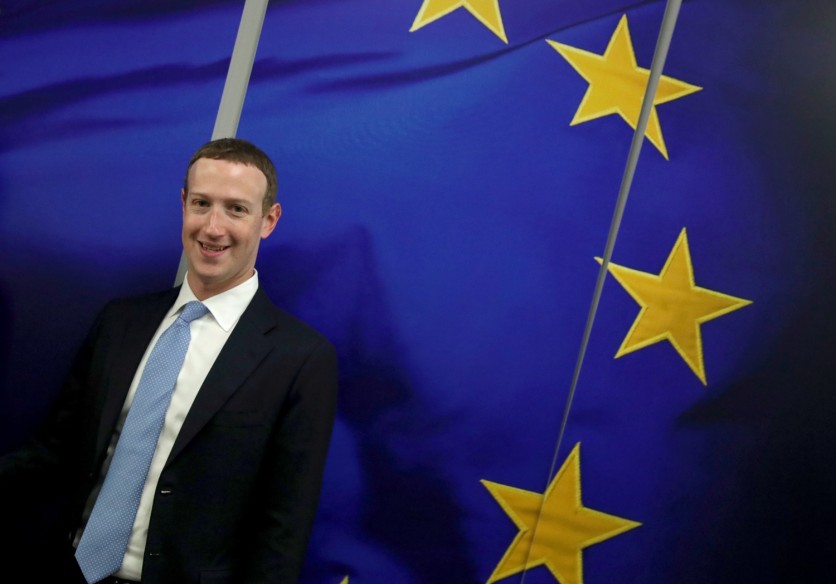
Facebook, in 2017, had assigned at least 60 engineers to an effort to build a mind-laptop interface (BCI). Three years later, Facebook's research team is now focusing on its efforts on reducing noise in its optical brain-sensing system
The BCI's goal is to allow mobile tools and computer customers to communicate at a speed of at least a hundred words per minute-far quicker than all people can type on the phone.
Facebook-supported researchers at the University of California San Francisco (UCSF) posted the results of research demonstrating a Facebook prototype brain-computer interface that could be used to decode speech in actual time.
Interface to measure blood oxygenation in a non-invasive way
Facebook that month posted a blog post explaining a chunk about the generation developed so far. The setup defined a tool that shines near-infrared light into the skull and makes use of adjustments in a way brain tissue absorbs a mild degree to measure blood oxygenation of the brain cells.
Just like a pulse oxymeter that measures the oxygen saturation level of a person's blood through his or her finger, Facebook said it is now working on their use near-infrared light to measure blood oxygenation in the brain from outside of the body in a safe, non-invasive way.
"While measuring oxygenation may never allow us to decode imagined sentences, [recognizing] a handful of imagined commands, like 'home,' 'select,' and delete,' would provide entirely new ways of interacting with today's [and tomorrow's virtual reality and augmented reality glasses]," Facebook wrote.
The employer hadn't talked much about the assignment since-until this month when Mark Chevillet, research director for Facebook Reality Labs and the BCI task leader, gave research at ApplySci's Wearable Tech, Digital Health, and Neurotech Silicon Valley conference.
For starters, the team has been finishing up a flow to its new hardware design. It's no longer the very last version; however, they say it is vastly extra usable than the initial prototype.
The hardware used for UCSF's research was big, expensive, and no longer all that wearable, Chevillet admitted. But the group has evolved an inexpensive wearable version, the use of lower value additives, and a few custom electronics. Chevillet says the so-called studies kit, shown inside the July blog setup, is currently being examined to verify that it's far just as sensitive as the regular device.
Researchers focusing on pace, noise reduction
Meanwhile, the researchers are focusing their efforts on pace and noise reduction. Chevillet said they are measuring the hemodynamic response, which peaks about five seconds after the brain sign.
The current gadget detects the response on the peak, which can be too slow for a brain-computer interface. Chevillet says they could identify it before the peak if they can drive up their signal and drive down the noise.
The new headsets will assist this effort, Chevillet said, due to the fact the most significant source of noise is movement. The smaller headset sits tightly at the head, resulting in fewer shifts in the role than is the case with the broader research tool.
Researchers to use optic fibers for the item
The crew is also searching into growing the dimensions of the optical fibers that collect the signal to come across more photons, Chevillet says.
Another way to enhance the signal-to-noise ratio of the tool, Chevillet suggests, is increasing the contrast. You can't necessarily increase the brightness of the light, he says; it has to stay underneath a safe degree for brain tissue. But the crew can boom the wide variety of pixels within the photodetector array. "We are attempting a 32-with the aid of-32-pixel single photon detector array to look if we will enhance the sign-to-noise ratio, and will file that out later this year," Chevillet says.
Chevillet said the company is specializing in detecting the intellectual efforts that produce speech-it doesn't examine random thoughts. He said they could associate noisy signals with speech algorithms based on large quantities of audio.
This approach to the brain-computer interface is intriguing but won't be easy to tug off, says Roozbeh Ghaffari, a biomedical researcher at Northwestern University and CEO of Epicore Biosystems. "There may additionally indeed be ways to narrate neurons firing to modifications in nearby blood oxygenation tiers," Ghaffari told Spectrum. However, he said the modifications in blood oxygenation ranges that map to neuronal interest are relatively localized and could be challenging to locate.
![Apple Watch Series 10 [GPS 42mm]](https://d.techtimes.com/en/full/453899/apple-watch-series-10-gps-42mm.jpg?w=184&h=103&f=9fb3c2ea2db928c663d1d2eadbcb3e52)



